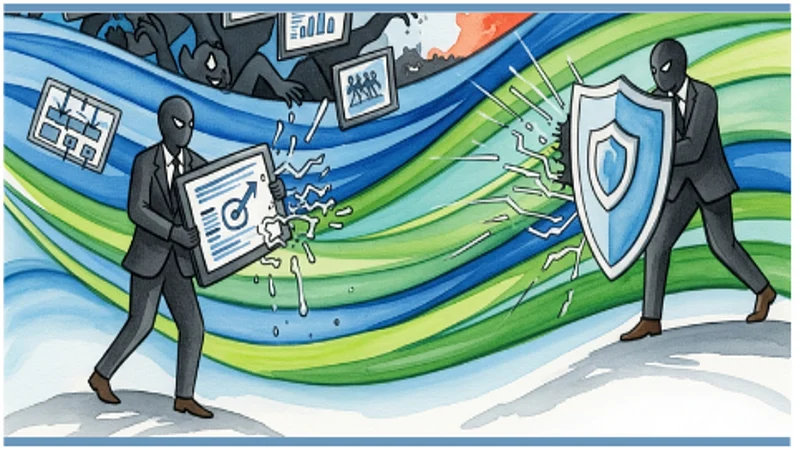Digital frauds are evolving with advancements in technology. Previously, it consisted mainly of fake calls or corrupt website links; now, it includes deepfakes and digital. While the methods used by fraudsters may change over time, the key advice remains the same: stay aware and vigilant. It is the awareness that former Bombay High Court Judge Vijay Daga has successfully evaded a digital arrest scam recently, in which fraudsters tried to extort Rs 2 crore from him, falsely accusing him of wrongdoing during a video call. According to the PTI, Justice Daga’s quick action and vigilance to alert the Nagpur Police Cyber Cell promptly thwarted the crime. While digital technology is easing life, it has also given rise to digital frauds, making innocent people, especially senior citizens who are not well-versed in technology, fall prey to them. In times of cyber frauds, digital arrests, and deepfake calls and videos, it is difficult for many people to discern what to believe and what not to believe.
According to the data provided by Bandi Sanjay Kumar, Minister of State in the Ministry of Home Affairs, in a written reply on March 18, 2025, the National Crime Records Bureau (NCRB) reported a growth in cybercrime cases. The data shows that cases registered under cyber crimes during 2020-2022 grew from 50,035 in 2020 to 52,974 in 2021 and to 65,893 in 2022.
To curb financial fraud, the Department of Telecommunications (DoT) launched a Financial Fraud Risk Indicator (FRI) in May 2025. The FRI is a metric that shows the risk profile of a mobile number. Previously, the Chakshu portal and helpline to report cybercrime were launched to curb fraud and quicken the reporting of cyber crimes.
While these measures by the government and authorities and other campaigns to spread awareness among people to be vigilant before clicking on links, forwarding fake messages, or believing an impersonating fraudster on video call are useful, should they be the only safeguard?
What Role Is Technology Playing As Of Now?
Reeju Datta, co-founder of Cashfree Payments, a payment gateway company, says, "The future of fraud prevention isn’t just about catching fraudsters but about understanding intent before damage is done”, and highlights the importance of regulatory technology (RegTech).
He says using artificial intelligence (AI)-powered tools like Video KYC, Face-match, and Smart OCR are the tools that don't just verify identities but detect deepfakes, document tampering, and behavioural anomalies in real time.
What Is RegTech?
RegTech uses advanced solutions to help organisations comply with regulatory requirements efficiently, particularly in the financial sector. Its main aspects include automated anti-money laundering (AML) monitoring, streamlined Know Your Customer (KYC) processes, risk profiling, transaction monitoring, and compliance reporting. RegTech employs machine learning, big data analytics, and artificial intelligence to detect anomalies, ensuring that both regulatory compliance and fraud prevention measures can operate at scale and with increased accuracy.
How Can the Reg-Tech Role Prevent Financial Crime?
Talking about the significance, Deepak Chand Thakur, CEO and Co-founder, NPST, a payment infrastructure solution company, says, “Traditional fraud detection tools are no longer enough. Static checks and fixed rules miss complex threats such as transaction laundering, fake shopfronts, and identity fraud. They also fail to catch behavioural red flags like unusual transaction spikes or changes in merchant information.”
Dutta underscores the need for robust reg-tech for financial transactions, saying, “What’s often overlooked is that good RegTech doesn’t slow things down; instead, it speeds up onboarding while making it safer. This helps reduce fraud, minimise false flags, and lower the risk of wrongful digital arrests.”
In summary, RegTech automates the detection of suspicious transactions and reduces the chances of identity theft through a robust KYC and onboarding process for customers.
There is no doubt that awareness is the key to staying away from frauds, but a robust reg-tech system can address gaps in the system and reduce the risk of fraud.


















